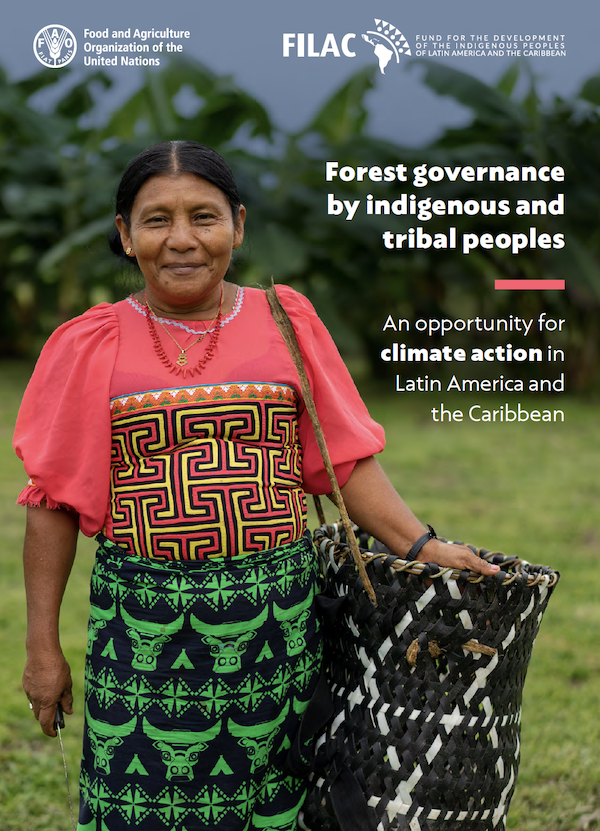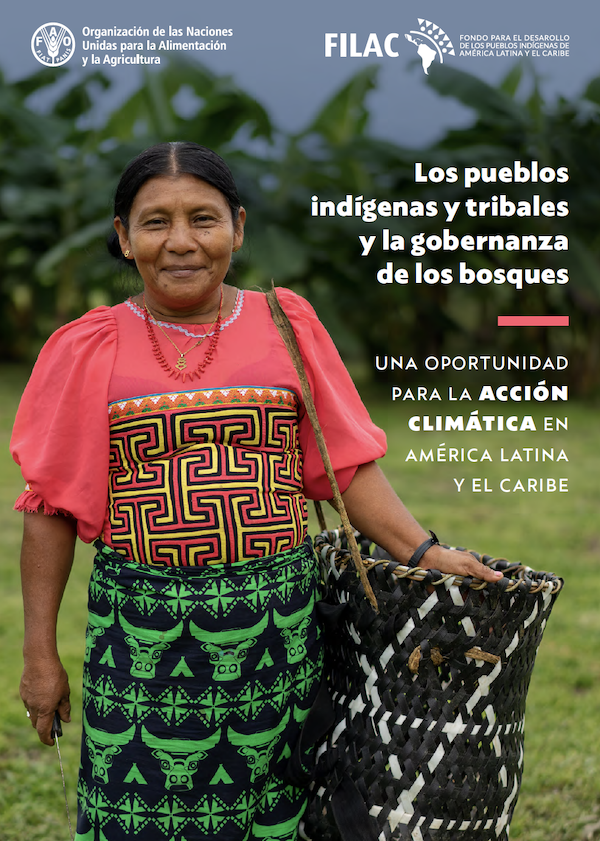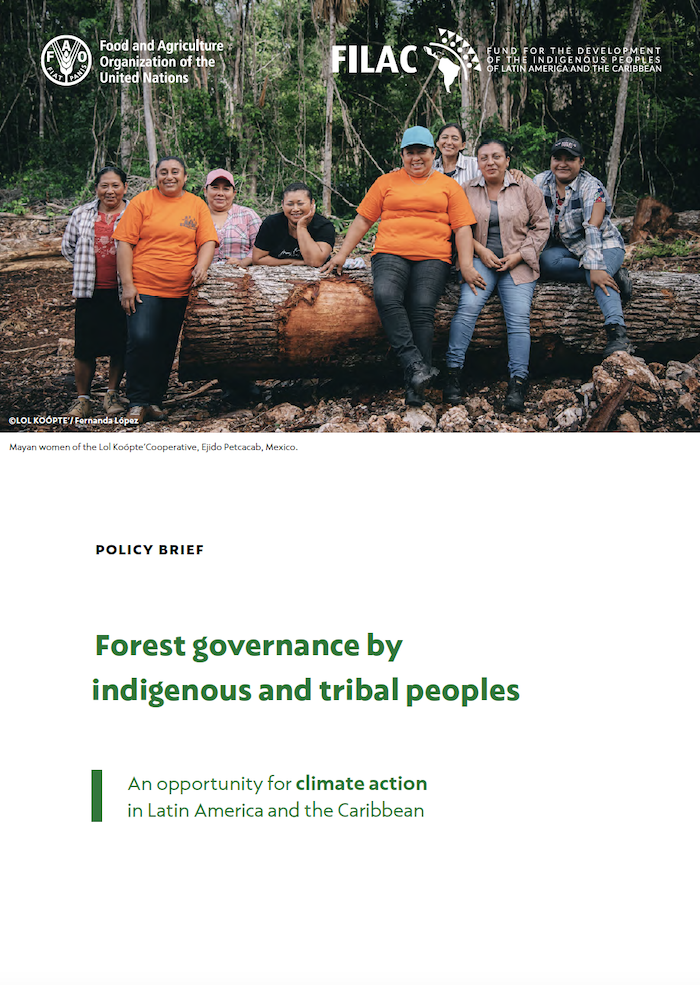LA AGRICULTURA BIMODAL EN EL SECTOR SOYERO.
En Bolivia, la agricultura bimodal surgió con fuerza como consecuencia del boom de la soya, que comenzó en la década de 1980. A diferencia de la coexistencia de dos modos de producción abolidos por la Reforma Agraria de 1953, la hacendal y la campesina, la agricultura soyera dinamizó nuevas ‑y cada vez más desiguales‑ relaciones entre los pequeños productores familiares, establecidos en las zonas de asentamiento del departamento de Santa Cruz, y los medianos y grandes productores empresariales que, en la misma región, concentran las mejores tierras de uso agrícola.








